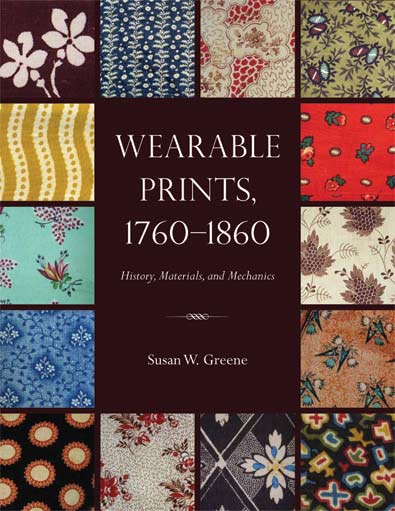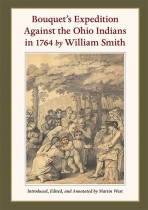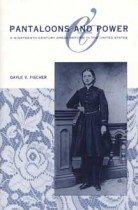Wearable Prints, 1760–1860
History, Materials, and Mechanics
Award Winners, Clothing & Costume, HistorySusan W. Greene
![]() 2017 Eugene Ferguson Prize Winner
2017 Eugene Ferguson Prize Winner
![]() 2015 Millia Davenport Award Winner
2015 Millia Davenport Award Winner
![]() 2015 PROSE Award Winner
2015 PROSE Award Winner
![]() 2015 IBPA Benjamin Franklin Silver Award in History.
2015 IBPA Benjamin Franklin Silver Award in History.
![]() 2014 Foreword Reviews’ Gold INDIEFAB Book of the Year Award Winner
2014 Foreword Reviews’ Gold INDIEFAB Book of the Year Award Winner
Wearable prints are not only a decorative art form but also the product of a range of complex industrial processes and an economically important commodity. But when did textile printing originate, and how can we identify the fabrics, inks, dyes, and printing processes used on surviving historical examples?
In Wearable Prints, 1760–1860, author Susan Greene surveys the history of wearable printed fabrics, which reaches back into the earliest days of the discovery of the delights of selectively patterned cloth and is firmly interwoven with the Industrial Revolution. The bulk of the book is devoted to the process of printing and dyeing. Greene brings together evidence from period publications and manuscripts, extant period garments and quilts, and scholarship on eighteenth- and nineteenth-century chemistry and technology. Making the text come alive, Greene includes some 1600 full-color images, including a plentiful array of textile samples.
Wearable Prints, 1760–1860 is a convenient encyclopedic guide, written in plain language accessible to even the most casual reader. Historians, students, costumers, quilters, designers, curators, and collectors will find it an essential resource.





